There's something to be said for making your own food: it is healthier, less expensive, saves time and can help you with portion control. Whether your goals include weight loss, weight maintenance or simply to live an overall healthier lifestyle, you're going to want to have the proper kitchen tools to help make your plans easier to achieve.
Once you've stocked up on produce, lean meat, yogurt and other healthy foods, the question becomes what to do with it all. That's where smaller kitchen appliances come into play. There’s a whole world of gadgets that can help you whip up healthy meals and reduce the time and effort required on your end. While these gadgets are not essential to eating well, they sure can help to make it more fun and a whole lot easier.
1. Blender
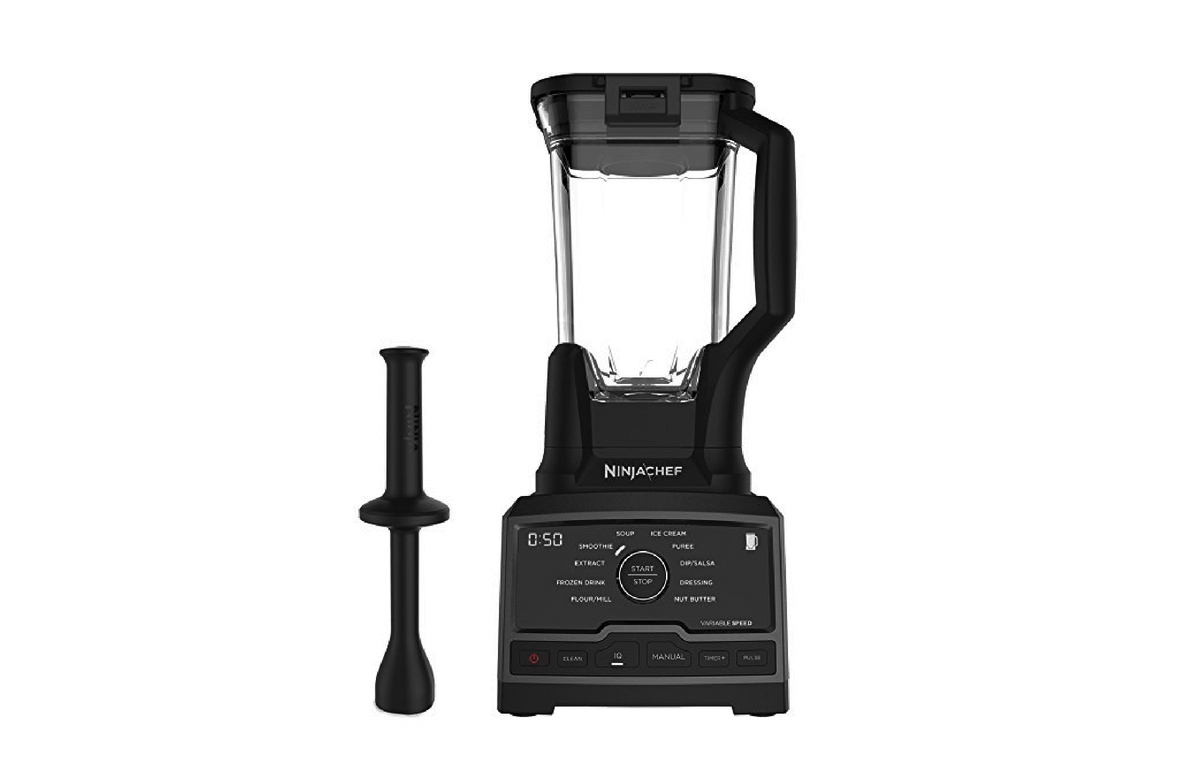
Photo courtesy of Amazon
- Why to buy: If you want to make smoothies, dressings or marinades, pureed soups or a variety of other blended concoctions, then a blender is for you.
- How to buy: You can buy a blender almost anywhere. Look for a glass pitcher that holds at least 40 ounces, a weighted base, removable stainless steel blades for easy cleaning and at least 400 watts of power. You might also make sure your blender has an ice-crushing blade if you plan to blend up ice or frozen fruits and veggies.
- Cost to buy: $40 and up.
- Our picks: For a great everyday blender, the Hamilton Beach Wave Crusher System ($49.99) can't be beat. Not only do you get 700 watts of power, but the system also comes with 40- and 20-ounce jars and a three-cup chopping bowl. If you're looking for something with a little more power and versatility, the Ninja Chef Countertop Blender ($159.99) fits the bill. With a 1,500-watt motor, 72-ounce pitcher, 10 pre-set programs and 10 speeds, you can blend just about anything in this baby.
2. Slow Cooker
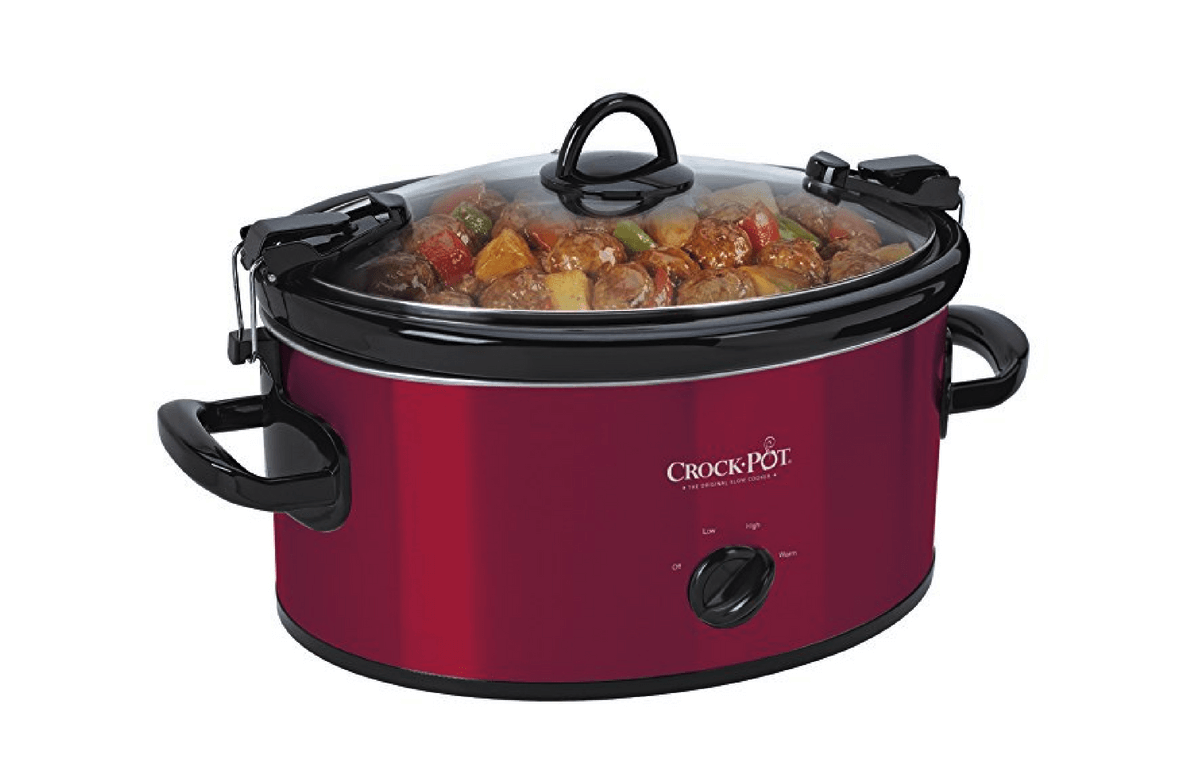
Photo courtesy of Amazon
- Why to buy: When you walk in the door from a long day, the last thing you want to do is to start chopping vegetables for dinner. A slow cooker can help you have dinner ready right when you are. Place your ingredients in the crock in the morning, turn it on and leave. Healthy dinners don't come easier than this.
- How to buy: You can buy a slow cooker online or in any store that sells kitchen appliances. If you’re cooking for a few people, look for one with a three- to four-quart capacity; large families might want to consider a six-quart option. Also be sure to buy one with a removable crock (for easy cleaning), and a one-piece glass lid.
- Cost to buy: $30 and up.
- Our picks: The Crock-Pot Cook-n-Carry ($25.49) features a six-quart crock, handles and a locking system that make it easy to carry without worrying about spilling anything. Plus, the stoneware insert and lid are both dishwasher safe for easy clean-up. The Cuisinart 4-in-1 Cook Central Multi-Cooker ($159.94) does it all: part slow-cooker, part roaster, part steamer, part browner/sauteer, and you can switch modes with the touch of a button. No more getting out separate pans when a recipe calls for combination cooking. And, the eight-quart crock is dishwasher safe.
3. Dehydrator
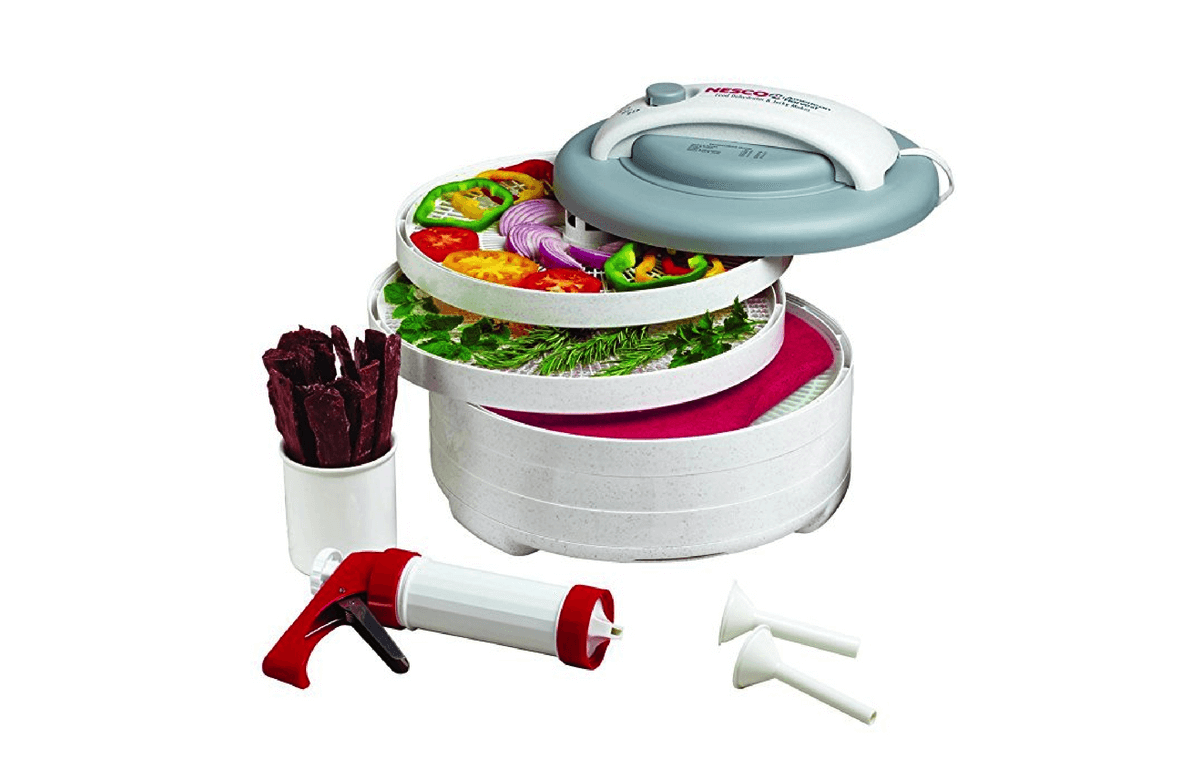
Photo courtesy of Amazon
- Why to buy: The hardest part about sticking to a healthy diet can sometimes be the times between meals. Ever become famished at 4 p.m., only to gobble down whatever was lying around and regret it instantly? Keeping healthy dehydrated snacks around can help solve this problem. You can make dried fruit, dried tomatoes, fruit leather and protein-rich jerky with a dehydrator.
- How to buy: Dehydrators can be purchased online and in stores that sell kitchen appliances. Look for ones that have air flow systems that dehydrate foods evenly. Also take into consideration the size of the unit, in terms of its capacity (will it make enough?) and its overall size (where will you store it?).
- Cost to buy: $40 and up.
- Our picks: The Nesco Snackmaster Express Food Dehydrator ($57.99) has a top-mounted fan, comes with five trays and can dry out vegetables, fruits and even homemade jerky quickly and evenly with 500 watts of drying power. It also includes a recipe guide for anyone who needs a little inspiration. With 15-square feet of dehydrating space and a temperature that heats up high enough to meet jerky dehydrating needs, the Excalibur 9-Tray Food Dehydrator ($249.99) is great for all your large-scale dehydrating needs.
4. Food Processor
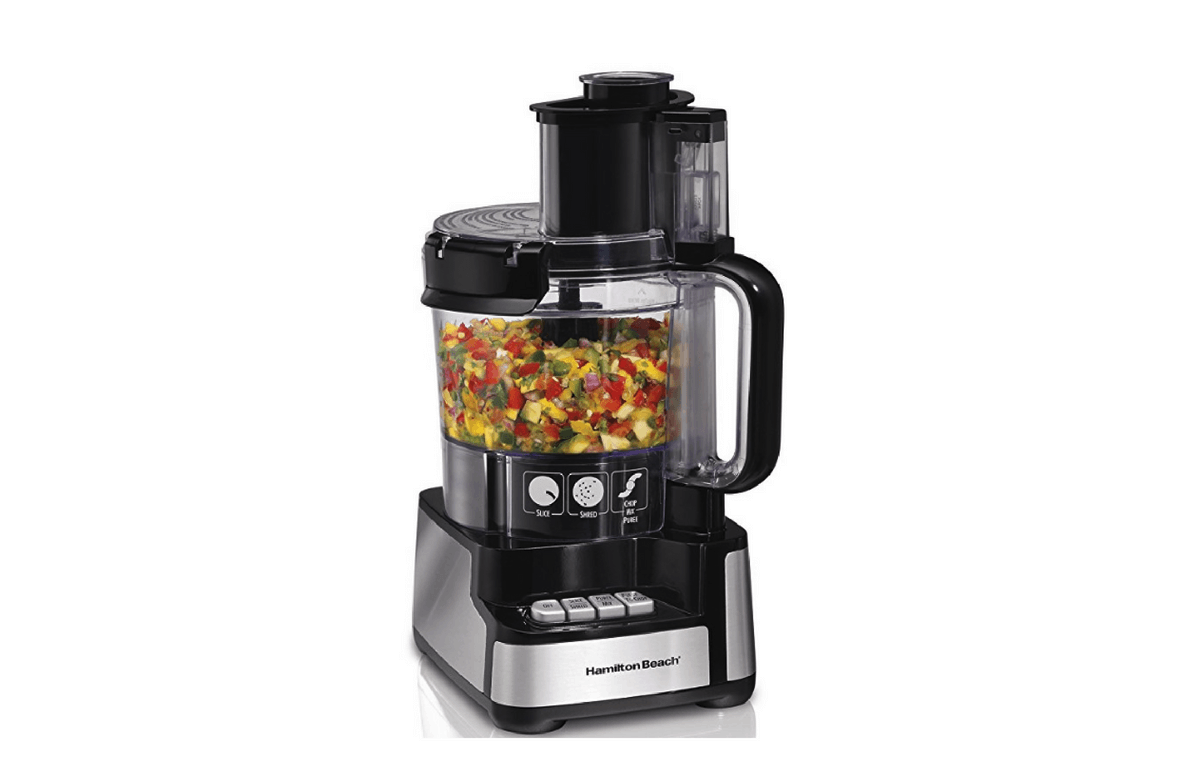
Photo courtesy of Amazon
- Why to buy: A food processor makes quick work of chopping and grating, which is great when you’re short on time but still want to eat healthy, homemade foods. Batch cooking becomes a breeze with a food processor, shortening the seemingly endless preparation times for things like vegetable soups or casseroles. Certain recipes, including hummus and homemade pesto, require a food processor, as well.
- How to buy: Purchase a food processor either online or in stores that sell kitchen appliances. Mini food processors (sometimes called food choppers) are great for ingredient prep, but they don’t hold as much as a standard-sized food processor, which is far more versatile. Look for one with a capacity of eight to 10 cups and 400 watts of power.
- Cost to buy: Mini food processors cost $20 and up. Regular-sized food processors start at about $100 and up.
- Our picks: This 12-Cup Stack and Snap Food Processor from Hamilton Beach ($47.49) has a pour spout to keep your food from spilling out everywhere, and can chop, shred, puree and mix just about anything you like with its durable S-blade. If you're looking for something bigger, try this 14- cup model from Cuisinart ($194.44). Included with the processor are a stainless-steel slicing disc, a shredding disc and a chopping blade. At 720 watts, this processor will become your new kitchen workhorse.
5. Food Scale
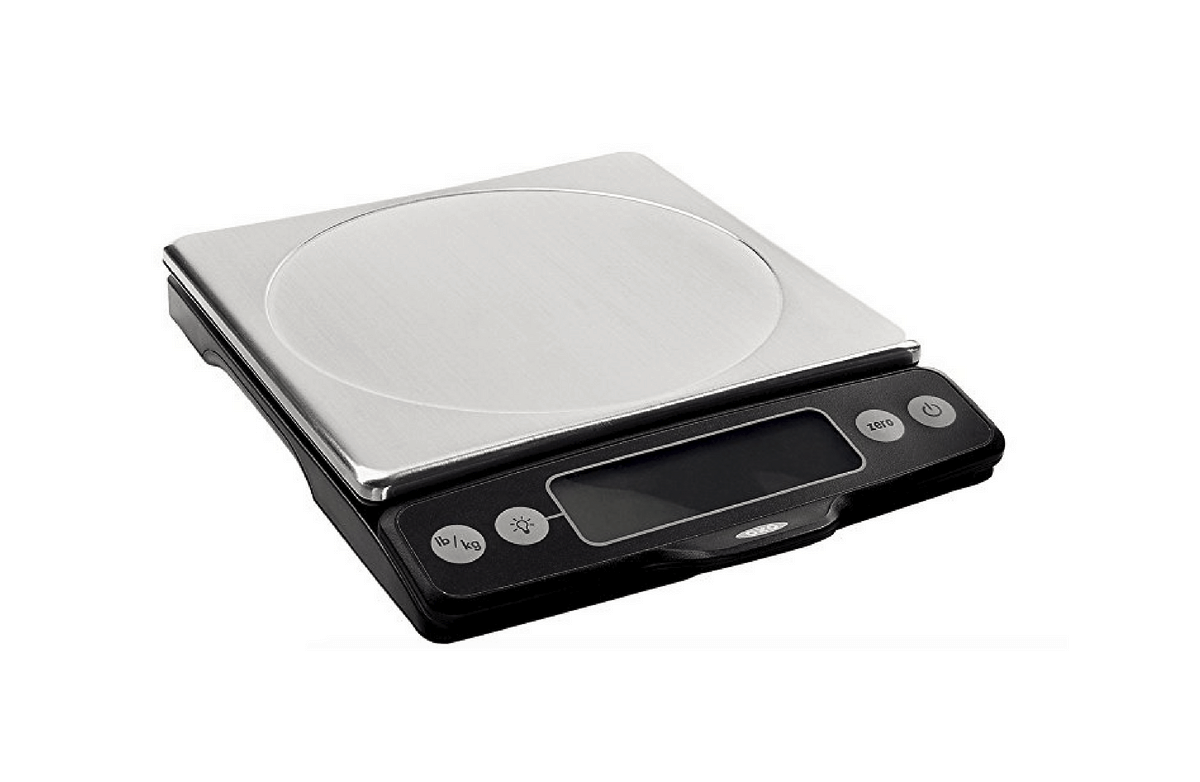
Photo courtesy of Amazon
- Why to buy: The average person has trouble accurately measuring portion sizes by just looking at them alone, and they are often underestimated. If you are new to portion control, a food scale might be your best weapon against portion distortion.
- How to buy: You can buy a food scale online and in stores that sell kitchen appliances.
- Cost to buy: Simple analog scales cost about $11, but digital programmable scales can go for upwards of $50 to $300 or more.
- Our picks: The Ozeri ZK14-S Pronto Digital Multifunction Kitchen and Food Scale (starting at $12.46) has an 11-pound capacity and the ability to automatically subtract the weight of your food's container for ease of use. The OXO Good Grips Stainless Steel Food Scale with Pull-Out Display ($49) can also measure up to 11 pounds, but the machine is able to measure weights in an 1/8th of an ounce for incredible accuracy.
6. Juicer
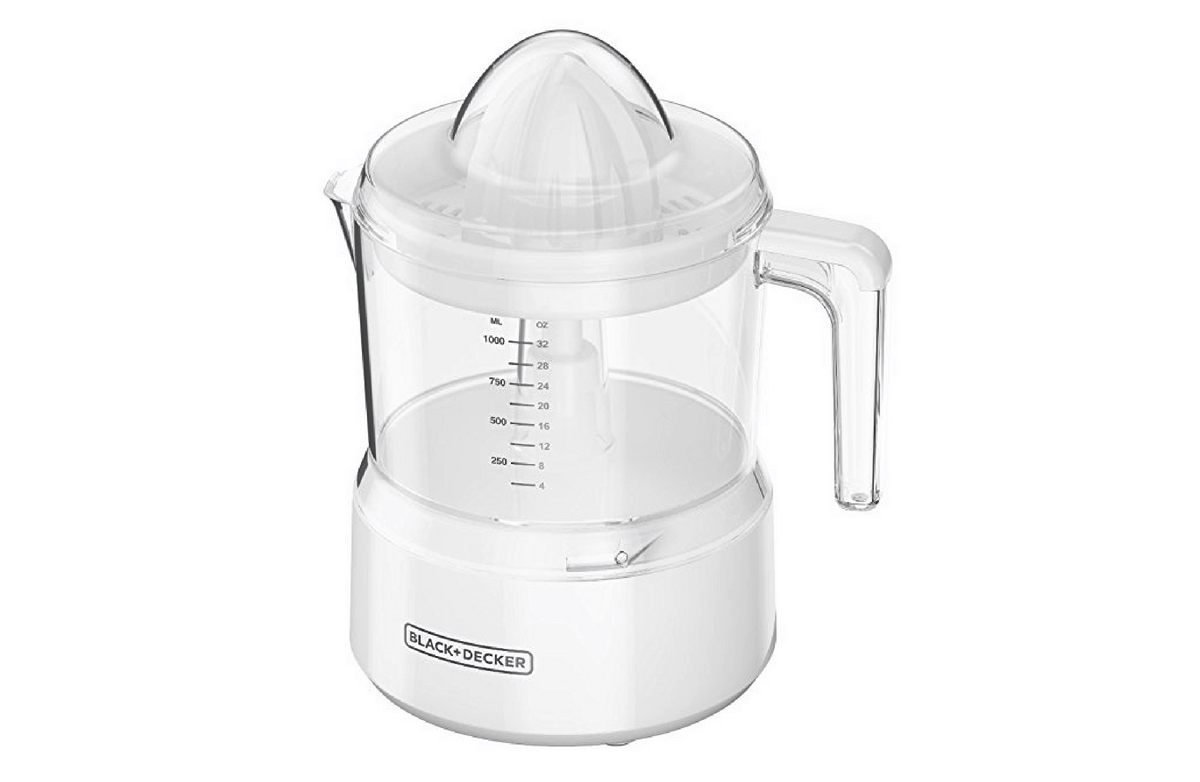
Photo courtesy of Amazon
- Why to buy: Oftentimes with pre-packaged juice, the pulp has been removed and what you're left with is only the liquid, and none of the fiber. Sure, it tastes good and does contain vitamins and minerals, but it also contains a lot of sugar, with none of the slow-digesting benefits of actually eating a fruit. When you juice fruits and vegetables yourself, you're able to get exactly what you want out of your produce. "Juicing is the process of extracting the juice from fresh fruits and vegetables," according to SparkPeople registered dietician Becky Hand. "Drinking the juice of fruits and vegetables means consuming their water and much of their vitamin and mineral content; however, the pulp, or fiber, which also has many health benefits, is removed," she says. If keeping the fiber and pulp in your juice is important to you, make sure your juicer offers this option.
- How to buy: There are lots of varieties of juicers online and in stores, from basic, manual citrus juicers to automatic twin-gear juicers. The type you purchase will depend on the amount you wish to spend and the functions you want your juicer to perform.
- Cost to buy: $15 and up.
- Our picks: It doesn't get any easier than this Black+Decker Citrus Juicer ($16.96) for making fresh-squeezed orange juice or lemonade. However, if you're looking for something with a little more umph (and pulp), then you might like to try Aicook's Masticating Juicer ($111.99). This juicer produces more juice and drier pulp than a centrifugal juicer, so you know you're getting more of the fiber from your produce.
7. Rice Cooker

Photo courtesy of Amazon
- Why to buy: Brown rice is healthy, but also very easy to foul up when cooking: stir it and it winds up sticky; overcook it and it’s mushy; skimp on water and it sticks to the pan. A rice cooker is (almost) a fool-proof way to prepare rice. Measure, switch on and prepare the rest of your dinner. When the timer dings, it’s done and delicious.
- How to buy: You can buy a rice cooker online and in stores that sell kitchen appliances. Look for one with a removable pot for easy cleaning.
- Cost to buy: $15 and up.
- Our picks: This easy-to-use and popular rice cooker (and steamer) from Black+Decker holds up to six cups of cooked rice. If you need to cook large amounts of rice, try this Elechomes LED Touch Control Rice Cooker ($86.99). It holds up to 10 cups of uncooked rice and also serves as a rice warmer.
8. Toaster Oven

Photo courtesy of Amazon
- Why to buy: Need to cook something in a hurry, but can’t wait for the oven to preheat? Do you find yourself only cooking for one or two people and using only a fraction of the space inside your oven? A toaster oven can help with both common kitchen dilemmas. You can bake or broil nutritious foods like salmon, mini pizzas, baked potatoes and veggie burgers while using far less energy than a conventional oven. Not only do toaster ovens work great to reheat many leftovers, they also double as a toaster so they can help to eliminate too much counter clutter.
- How to buy: Toaster ovens are available online and in most department stores. A larger oven will be more versatile than a small one.
- Cost to buy: $25 and up.
- Our picks: This toaster oven from Hamilton Beach ($49.99) doubles as a convection oven and offers easy access with a large, glass door that is easy to clean. You can toast, broil and bake an up to nine-by-11-inch pan, a 12-inch pizza or six slices of toast. If you'd like something a little more oven-like, then this Cuisinart Chef's Convection Toaster Oven might fit the bill. With a 0.95 cubic-foot capacity, 15 cooking functions (including speed convection), digital controls and LED buttons, you won't miss the "real" thing at all!
9. Instant Pot
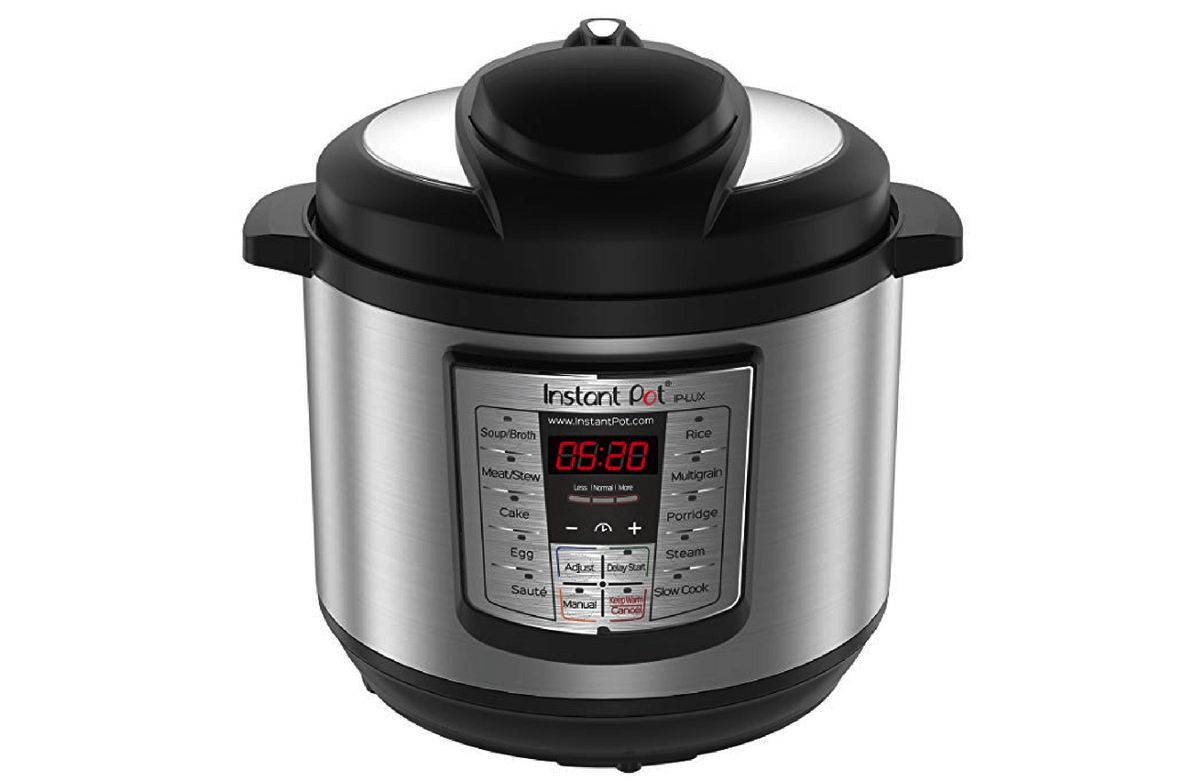
Photo courtesy of Amazon
- Why to buy: If you just don't have time to add all the ingredients four to eight hours ahead of time, but you like the idea of a set-it-and-forget-it, one-dish meal, then you might like to try an Instant Pot. Instant pot use trapped steam inside the appliance to cook your food two to six times faster than a regular oven. It also preserves more nutrients and flavors that might otherwise be slow-cooked out of the ingredients.
- How to buy: You can buy instant pots online and in stores that sell kitchen appliances—often they are located right next to the slow cookers. Look for one with a removable pot for easy cleaning.
- Cost to buy: $50 and up.
- Our picks: The original Instant Pot Eight-Quart, 6-in-1, Programmable Pressure Cooker ($109) is great for large families. It features a stainless steel cooking pot, a steam rack and lid, and three heat modes for sauteing. Plus, it's achieved cult status for its ease of use and seemingly endless possibilities. The Crock-Pot Six-Quart, 8-in-1 Express Crock ($59.50) is everything you've ever wanted in an appliance—not only is it a pressure cooker, but it also serves as a slow cooker and steamer and it sautees, as well. Use the eight digital meal settings or set your own, enjoy your meal and then pop the crock in the dishwasher when dinner is over.
10. Grain Mill
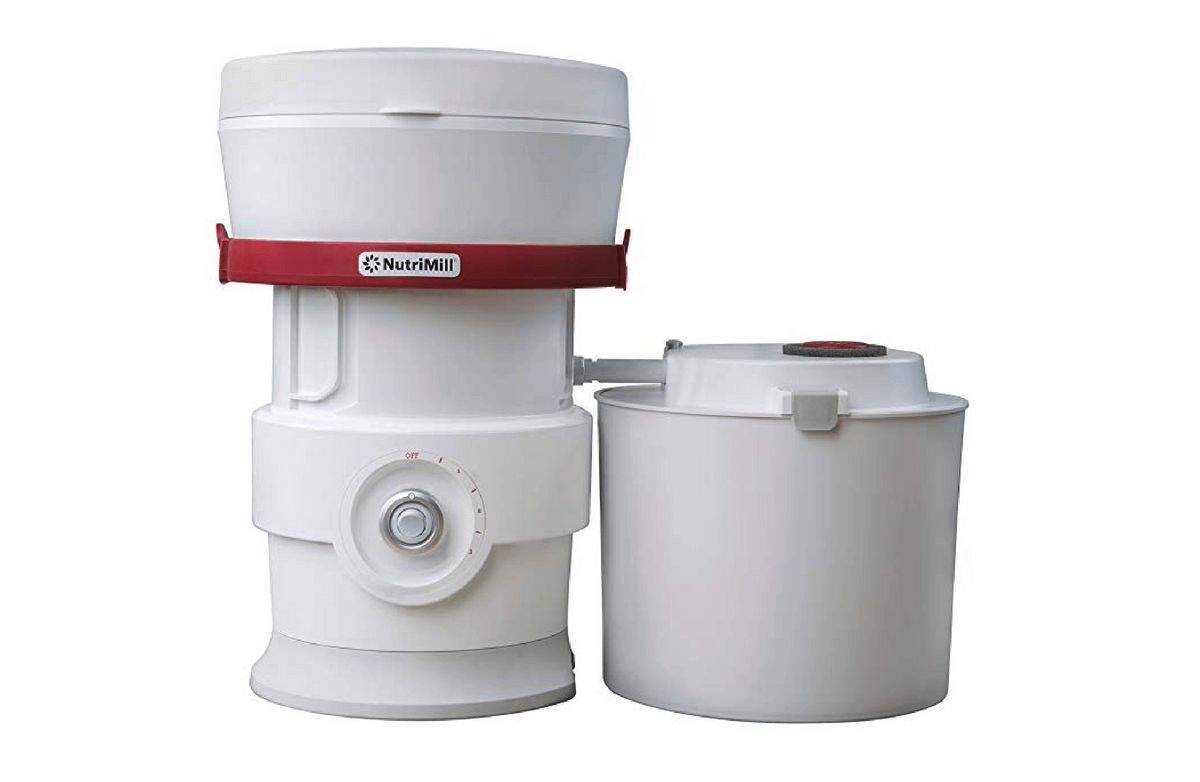
Photo courtesy of Amazon
- Why to buy: If you’re serious about baking with whole grains, then you might consider purchasing a grain mill. Commercial flour comes from grain that has had its germ removed to increase its shelf life, and is thereby less nutritious. Also, when a grain is pulverized into commercial flour and sits on the shelf for months, its quality and flavor decrease, as does the bread that is made with it. Making your own right at home means you get the biggest nutritional and flavorful bang for your buck.
- How to buy: Grain grinders are available online and in specialty shops. When choosing a grinder, think about how often you will use it and what types of grains you will be grinding.
- Cost to buy: Manual grinders cost about $30 or more, while electric grinders can cost $150 or more. If you are considering purchasing a juicer (see above), keep in mind that some juicers have grain-grinding capabilities or attachments, as well.
- Our picks: The NutriMill Plus High-Speed Grain/Flour Mill ($199) has a 24-cup capacity, a collapsable hopper and a nesting design so you can easily store it when not in use. This CHARD GM-150 Grain Mill ($28.90), is a manual mill made of tin-coated cast iron for durability that can grind up to one pound of grain per minute.
Some of these appliances are pricey, so if you’re in the market, don’t forget to check garage sales or online swaps for good deals. Or ask around—chances are there is someone in your circle of family and friends who has extra blender or food processor sitting around just waiting for a good home.
We hope you love these products as much as we do. SparkPeople may collect a small percentage of revenue from the links on this page. Prices subject to change.
|










(002).jpg)






